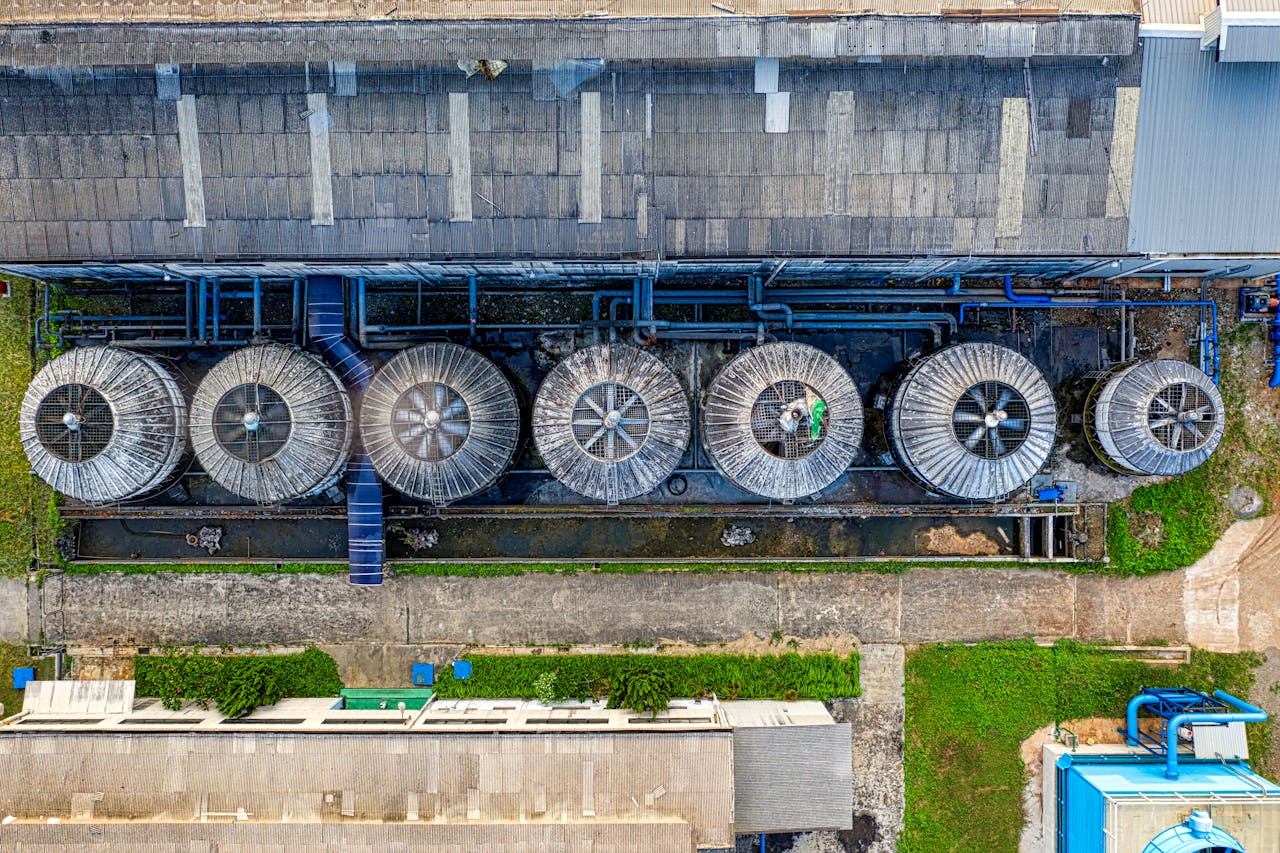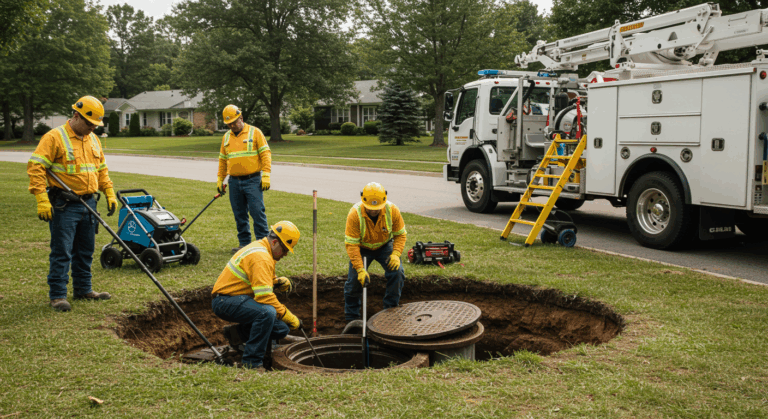The Importance of Bar Screens in Wastewater Treatment
Introduction
In the world of wastewater treatment, bar screens play a critical role in the initial stages of the process. These screens are essential for removing large debris from wastewater, ensuring the smooth operation of downstream treatment equipment. Understanding how bar screens function and their significance in wastewater management can help us appreciate their vital contribution to environmental sustainability.
What Are Bar Screens?
Definition and Purpose
Bar screens are mechanical devices used in wastewater treatment plants to remove large solids, such as rags, plastics, and other debris, from the influent stream. Positioned at the very beginning of the treatment process, they are the first line of defense against contaminants that can damage or clog subsequent treatment equipment.
How Bar Screens Work
Bar screens consist of a series of vertical or inclined bars spaced at intervals, which allow water to pass through while capturing large solids. The captured materials are then removed mechanically or manually. Automated bar screens use rakes or combs to clean the bars, ensuring continuous operation.
Types of Bar Screens
Coarse Bar Screens
Coarse bar screens have wider bar spacing and are designed to remove large objects from the wastewater stream. They are typically used in the initial screening process and are effective at preventing damage to downstream equipment.
Medium and Fine Bar Screens
Medium and fine bar screens have narrower bar spacing and are used to capture smaller debris that passes through coarse screens. These screens ensure a higher level of protection for more sensitive treatment processes further down the line.
Benefits of Using Bar Screens
Protecting Equipment
One of the primary benefits of bar screens is their ability to protect downstream equipment from damage caused by large debris. By removing these materials early in the process, bar screens help to maintain the efficiency and longevity of pumps, pipes, and other treatment components.
Improving Treatment Efficiency
By eliminating large solids, bar screens improve the overall efficiency of the wastewater treatment process. This leads to more effective secondary and tertiary treatment stages, resulting in cleaner effluent discharged into the environment.
Reducing Maintenance Costs
Regular use of bar screens reduces the frequency and severity of maintenance required for downstream equipment. This translates to lower operational costs and less downtime, ensuring the treatment plant operates smoothly and cost-effectively.
Key Components of Bar Screens
Bars and Frames
The bars and frames are the primary structural components of a bar screen. They are typically made from stainless steel or other corrosion-resistant materials to withstand the harsh conditions of wastewater treatment.
Cleaning Mechanisms
Automated cleaning mechanisms, such as rakes or combs, are essential for maintaining the efficiency of bar screens. These mechanisms remove captured debris from the bars, allowing for continuous operation without manual intervention.
Installation and Maintenance of Bar Screens
Installation Considerations
When installing bar screens, it is crucial to consider factors such as the size and type of debris typically encountered, the flow rate of the influent stream, and the available space for installation. Proper installation ensures optimal performance and longevity of the screens.
H3: Routine Maintenance
Regular maintenance of bar screens includes inspecting the bars for wear and damage, checking the operation of cleaning mechanisms, and removing any accumulated debris. This helps prevent clogs and ensures the screens function effectively.
Challenges and Solutions
Dealing with High Solids Load
In situations where the influent stream contains a high solids load, bar screens can become overwhelmed. Installing multiple screens in series or using auxiliary screens can help to manage this issue effectively.
Handling Hazardous Materials
Bar screens may encounter hazardous materials such as sharp objects or toxic substances. To minimize health and safety risks, it is important to implement safety protocols and provide protective equipment for workers handling these materials.
Future Trends in Bar Screen Technology
Advancements in Automation
As technology advances, bar screens are becoming more automated, with sophisticated sensors and controls that optimize their operation. These advancements improve efficiency, reduce manual labor, and enhance the overall performance of wastewater treatment plants.
Integration with Smart Systems
The integration of bar screens with smart systems and IoT devices allows for real-time monitoring and data analysis. This enables proactive maintenance and more efficient management of the wastewater treatment process.
Conclusion
Bar screens are an indispensable component of wastewater treatment systems. They provide essential protection for downstream equipment and enhance the overall efficiency of the treatment process. By understanding their function, benefits, and the latest technological advancements, we can ensure that our wastewater treatment practices remain effective and sustainable.





